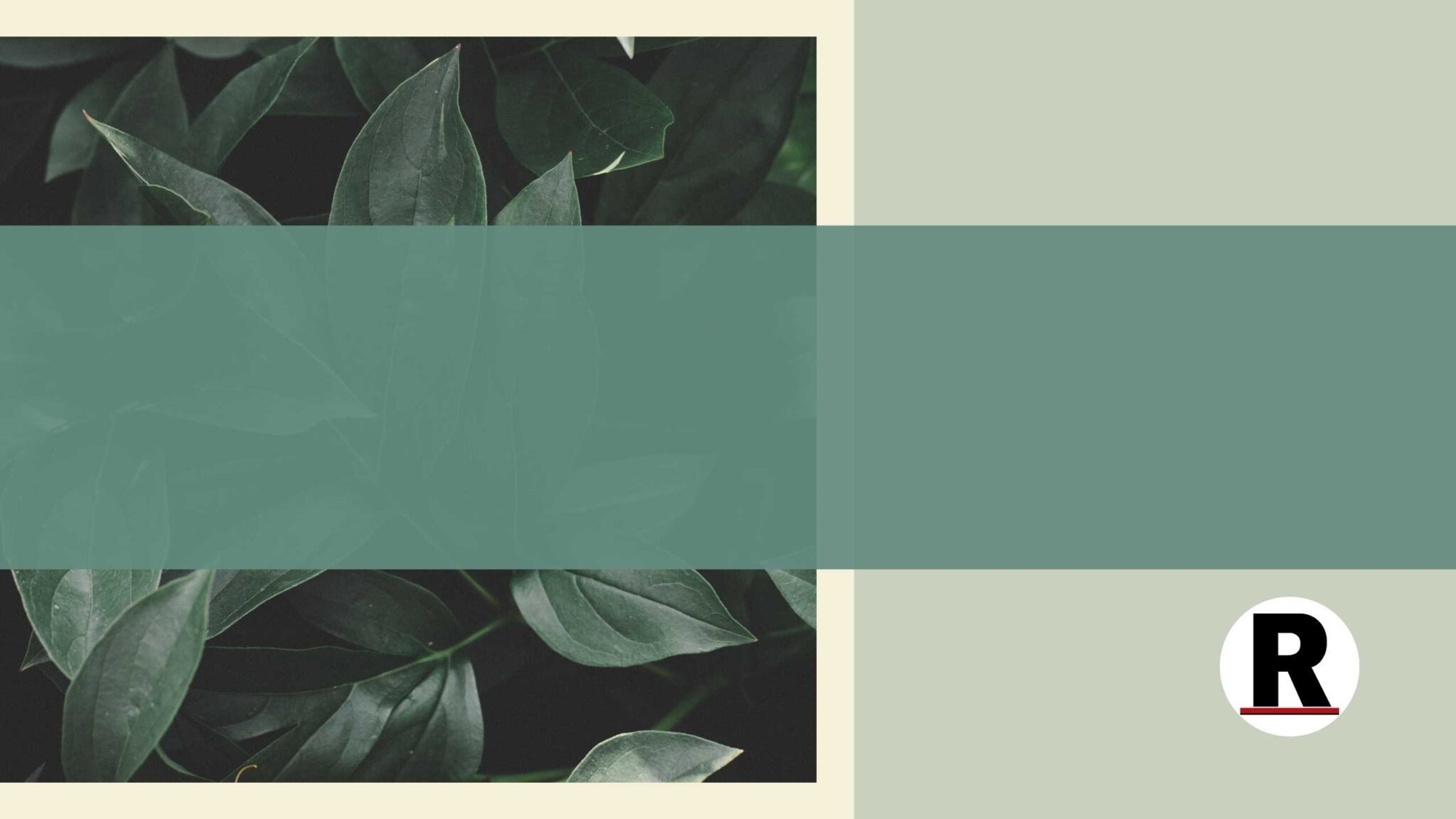The perfect grass lawn in America’s suburbs represents a keystone of our culture and the “American Dream.” But did you know that even your minuscule patch of turf comes with a number of ecological and environmental consequences?
Lawns were a European invention, specifically, they were the undertaking of the fabulously wealthy, giving grass lawns a historic tie to money and success. These types of lawns are well-suited for most of Europe, with its mild and moist grass-friendly climate, but in most parts of America, maintaining this type of yard is a hefty and unsustainable practice. Grass lawns have become the status quo around the world—people are hypnotized by the idea of a grass lawn, so much so that in some neighborhoods, it is illegal to grow productive plants in lieu of shortly shorn grass.
No one is suggesting we eliminate grass lawns altogether, but growing it on the scale we do and with all the effort it is to maintain is proving to be a huge burden on the planet. Amazingly, we have found a way to both destroy local environments, all the while giving ourselves heaps of work without any return on the effort. The Environmental Protection Agency estimates that about a third of all public water is used to water grass. That’s nearly 9 billion gallons of water a day that depletes aquifers that are already in danger.
In addition, these emerald green lawns create a type of monoculture by replacing local flora, which is the exact opposite of a biodiverse ecosystem. An abundance of native plants provide vital ecosystem functions such as natural pest and disease regulation, erosion control, pollination, reduction of greenhouse gas emissions, reduce runoff, and more! If a majority of your yard is just grass, the area is not attracting insects and pollinators like bees, moths, and butterflies, which are all vital for the growth of the farms surrounding your town and providing food and shelter for birds, for example.
So what can you do to make your lawn more sustainable and eco-friendly? Luckily many Counties are starting to realize the dangers of grass lawns and have amended their nuisance laws to allow for naturalized lawns, acknowledging that wild gardens improve air and soil quality and reduce stormwater runoff. For example, The Fairfax County regulatory code restricting the height of vegetation in lawns expressly exempts wildflowers. Check your local regulatory code to see what you can do! You don’t have to rid yourself entirely of your grass lawn, instead, think about dedicating a portion of it to build a sanctuary for local plants and wildlife. Here are our suggestions:
- Plant Native: Dedicate a portion of your lawn to allow native shrubs, wildflowers, trees, etc., to thrive! These are fantastic alternatives to lawns, and support your area’s local ecosystem. Make sure to avoid invasive species, as they are the leading cause of biodiversity loss. They spread quickly and can displace native plants, creating a devastating monoculture. As a bonus, because native plants are naturally from your area, they have adapted to the environment, making them incredibly easy to care for. Never worry about watering or fertilizing again!
- Different Ground Cover: Clovers, Lyreleaf Sage, Wild Stonecrop, Common Blue Violet, Pennsylvania Sedge, Baltimore Sedge, or native forbs and flowers can be a good alternative to grass.
- Cut Grass Less: Cutting your grass less frequently will result in a much richer plant community.
Your Home SOLD GUARANTEED or We’ll Buy It!* So if you or anyone you know is looking to make a move in the next little while, give us a Call at 703-297-4251. Visit us at RTRSells.com




 By submitting information, I am providing my express written consent to be contacted by representatives of this website through a live agent, artificial or prerecorded voice, and automated SMS text at my residential or cellular number, dialed manually or by autodialer, by email, and mail.
By submitting information, I am providing my express written consent to be contacted by representatives of this website through a live agent, artificial or prerecorded voice, and automated SMS text at my residential or cellular number, dialed manually or by autodialer, by email, and mail.

